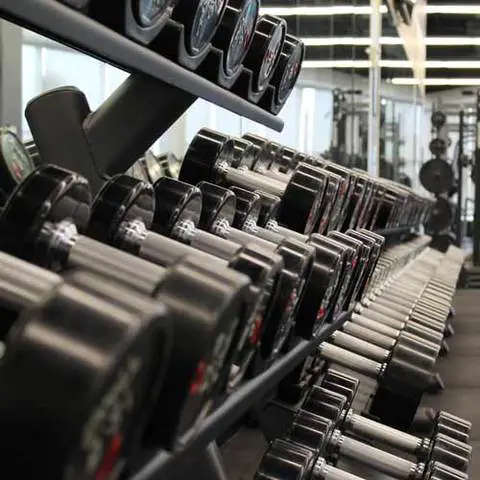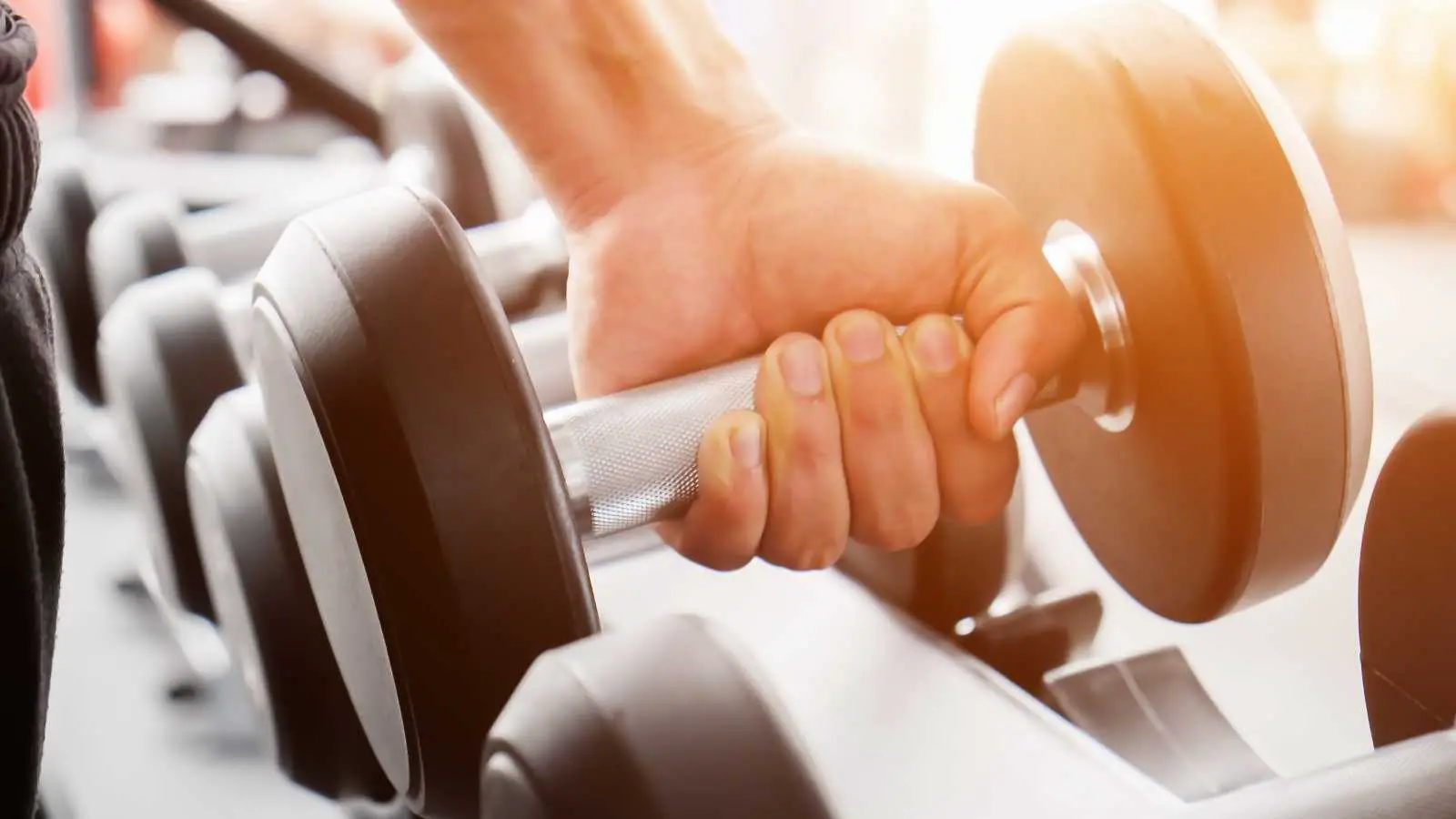Yoga is a versatile and ancient practice that has been gaining popularity in recent years as a complement to fitness activities. Additionally, yoga can be practiced by people of all ages and fitness levels, and can be modified to suit individual needs and preferences.
Adding yoga to fitness routine not only improves flexibility and balance, but also enhances the mind-body connection, teaches how to breathe properly and promotes muscle recovery.
Whether you’re a runner, weight lifter or swimmer, Yoga could be a great compliment to your fitness routine. This blog post will help you discover how Yoga can be incorporated into a holistic approach to health and wellness!
How yoga is a good complement to swimming?
Yoga is a great complement to swimming as it can help with recovery and mobility. Recovery is a crucial aspect of any athletic training, and swimming is no exception. When we swim, we put a lot of stress on our muscles and joints, and it’s important to take the time to recover properly. Yoga has been shown to decrease inflammation on a cellular level, which can help swimmers recover quicker, allowing them to get back to training and competing faster.
Additionally, yoga can also help with mobility, which is essential in swimming. Good range of motion in the shoulders is crucial for swimming with proper form, and if the shoulders are tight, it can lead to poor technique, and even injury. Yoga offers a range of poses that can help to increase mobility in the shoulders, such as the downward-facing dog, the cobra pose, and the extended side angle pose. These poses are not only beneficial for recovery, but they also help to improve flexibility and strength in the shoulders, which can lead to better swimming performance.
As you can see, yoga is a great complement to swimming as it can help with recovery and mobility. Incorporating yoga into a swimming routine can help to decrease inflammation, improve recovery time, and increase mobility in the shoulders, leading to better swimming performance and reducing the risk of injury.
How yoga is a good complement to running?
Yoga is a great complement to running because it not only improves flexibility and balance, but it also helps to control breathing. When it comes to running, flexibility is key in allowing the body to move with freedom and ease. Tight muscles can lead to injuries and pain, which can ultimately hinder a runner’s performance. Yoga can help to increase flexibility by stretching and lengthening muscles, which can prevent injuries and improve overall performance.
In addition, yoga can also improve balance and stability, which is essential in running. Running requires a constant balance from one foot to another, and yoga can help to improve this balance through poses such as tree, half-moon, or side plank. These poses not only improve balance, but they also help to build strength and power, which can be transferred to running.
Furthermore, yoga can also help with breathing control, which is essential in running. During more strenuous runs, such as sprints or long races, it is important to have proper breathing techniques to ensure that the body is oxygenated fully, and thus reducing the risk of fatigue. Hatha Yoga is a great way to develop the connection between breath and movement, and by practicing yoga, runners can become more aware and in control of their breathing, which can lead to an improvement in the quality of their runs.
How yoga is a good complement to weight lifting?
Yoga is a great complement to weightlifting because it can help to maintain healthy muscles. Many people associate weightlifting with intense and heavy workouts, but incorporating yoga into a weightlifting routine can help to balance out the intensity and focus on injury prevention.

One of the most common injuries people face is muscle imbalance, which can occur when we get into the habit of doing the same workouts and exercises. Yoga can help to identify which muscles might be weaker, tighter, or out of balance by going through a yoga sequence. This can be done through poses such as the moon pose or threading the needle, which can help to increase awareness of the body and any imbalances that may exist.
Additionally, yoga can also help to improve mind-body connection, which is important in weightlifting. A strong mind-body connection can lead to better form, technique, and overall performance in the weight room. Through yoga, we can become more aware of our muscles, body composition, and form, which can help to work out more effectively and safely with heavy weights. This can lead to quicker results, as the mind-body connection plays a significant role in achieving our desired outcomes.
How yoga is a good complement to High intensity training?
High Intensity Training (HIT) is a popular and effective way to improve fitness, but it can also be demanding on the body, both physically and mentally. This is where yoga comes in as a complement to HIT.
Restorative yoga is a wonderful style of yoga for HIT enthusiasts who want to relax both physically and mentally after the High-intensity exercises, allowing them to recover more quickly and be better prepared for their next HIT session. Yin yoga is known to improve flexibility, which, as a result, can help prevent injuries and yoga nidra practice, without a doubt, helps the body to absorb all the benefits of HIT in a “faster way”.
Conclusion
One of the most overlooked factors in all fitness activities are focus, mental clarity, and intention. No matter if you’re participating in a soccer match, an intense gym session, or a pilates class – having a clear mind and a sharp focus is essential for maximum performance.
You will get a lot of insight into your body – and your mind – when you step on the mat. Things that you might have overlooked out of habit and repetition in other sports activities will become more visible in Yoga. It could be a wandering mind and lack of focus or a weaker and tighter muscle that was overlooked. Let Yoga serve as a playground where you can discover more about your body and yourself. Let it complement your regular workout routine or regime. You can’t go wrong with this choice!




